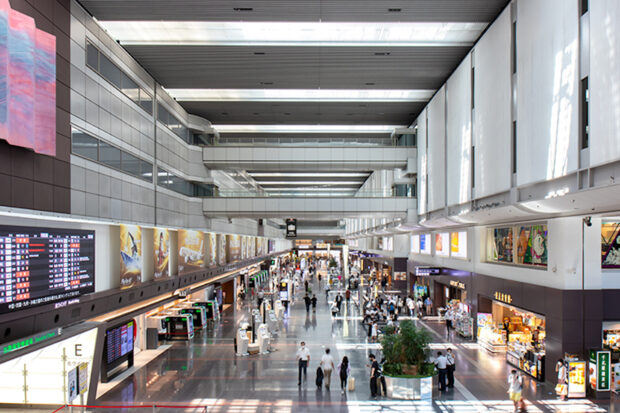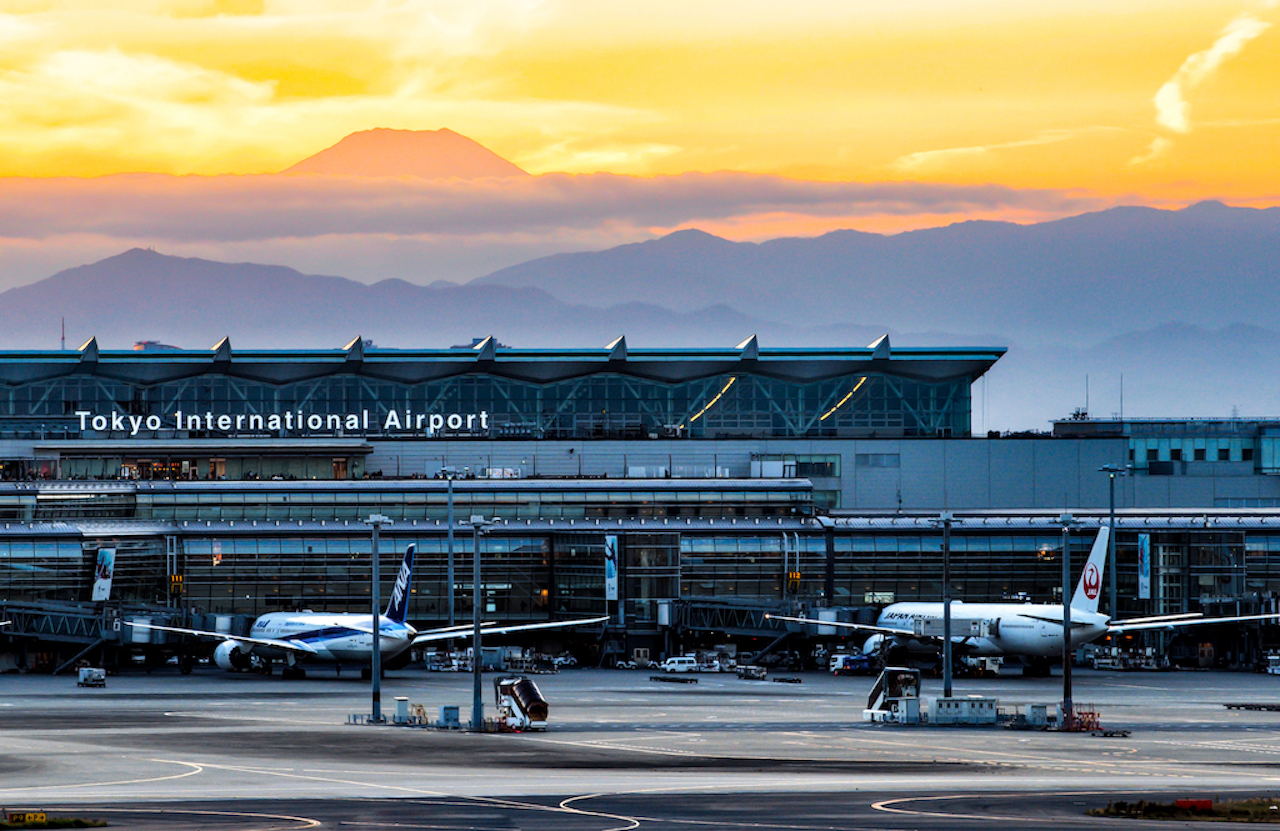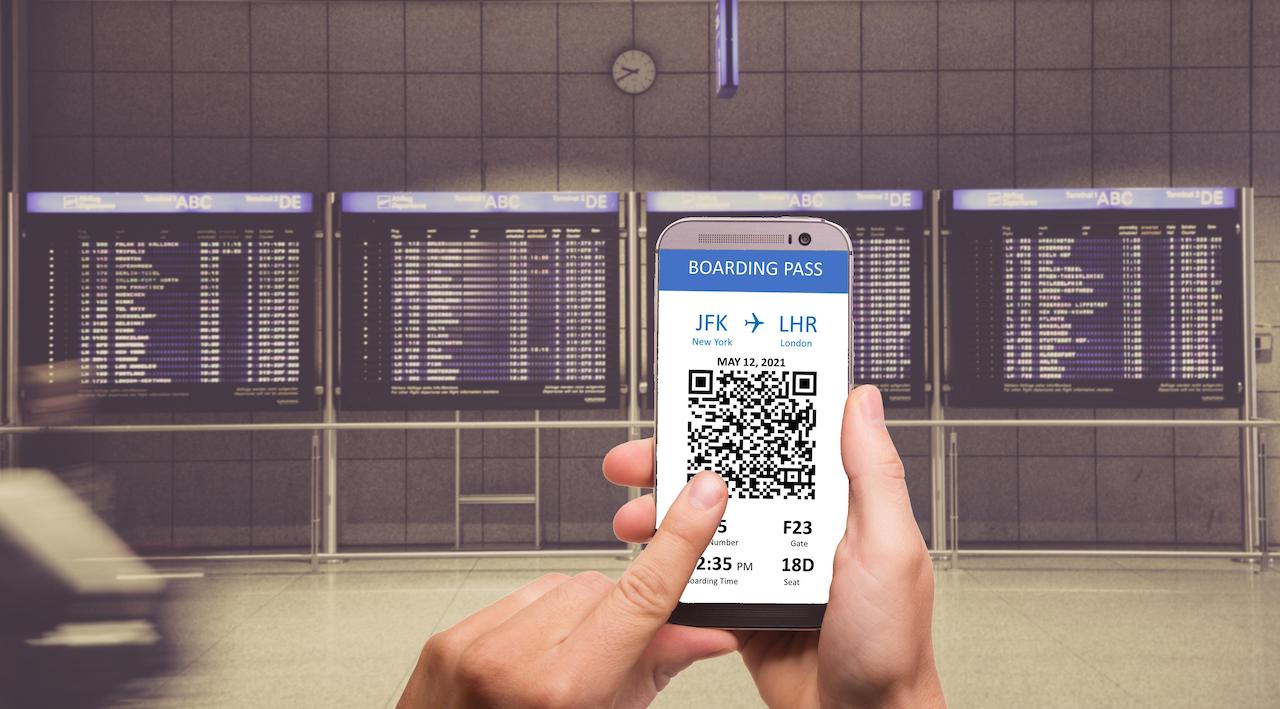
Sumesh Patel, SITA President Asia-Pacific, uncovers the top travel trends for 2023 and explores how they will change the way we travel.
Emerging technological, societal, traveller and economic trends have transformed the travel landscape over the past few years. Post-pandemic, a new era of travel has emerged and airlines are responding to it, which was covered extensively in SITA’s Meet the Megatrends report in 2022. Air travel has recovered from the pandemic faster than anyone in the industry had initially expected, particularly in Europe and the US. While the recovery is welcome, airports and airlines have found themselves on the back foot with staff and resource shortages. This has put a strain on operations, resulting in an increased risk of congestion, delays, cancellations, and mishandled baggage.
It is imperative for airlines to embrace change to prosper in the ever-evolving environment of air travel. They are doing so by streamlining operations and better passenger management. The shift of IT spend over the past year confirms airlines are targeting their investment towards new digital technologies that promise to meet many of the pressing issues they are faced with.
Digitalising the Passenger Journey
The latest SITA Air Transport IT Insights report details how digitalisation is seen as key to addressing these challenges, providing more scalability and flexibility. The report reveals that, as they steadily increase IT spend, airports and airlines are looking to key technology solutions to fortify their operations against disruption while automating the passenger experience. CIOs want to ensure operations are as agile and efficient, investing in tools like disruption warning systems and business intelligence solutions to enable scaling of operations based on demand. At the same time, airports and airlines are looking to digitalise the full passenger journey to help minimise congestion while freeing up staff to tackle more complex tasks, investing in self-service technologies and biometrics at every step from check-in through to arrival.
“It is imperative for airlines to embrace change to prosper in the ever-evolving environment of air travel.”
One clear takeaway from the pandemic and recovery period for the airports sector is the need for collaboration between all industry stakeholders and accelerated digitalisation. According to the IT Insights report, airports have taken this on board, with upwards of 80 percent of airports making common-use infrastructure and data exchange technology investment priorities by 2025.
Investing in biometric technology to automate passenger identity management at check-in is another trend that continues to rank highly among airlines’ priorities. Other passenger management solutions at the airport include self-service initiatives for bag drop, boarding and baggage tracking.
Autonomous Vehicles, Robots and Air Mobility Aircraft
High-speed mobile connectivity at the airport is central to mission-critical performance. Airports will increasingly run just-in-time operations, with automation and self-service making everything more efficient. What’s more, connected, automated and autonomous vehicles and robots are set to become commonplace. Examples of this are already underway at major international airports and we’ll see passengers increasingly accustomed to the evolving solutions over the next decade.
Advanced Air Mobility (AAM) aircraft will provide a cost-effective, faster alternative to traditional rail or land transport links. The recent SITA partnership with Skyports is an example of integrating new vehicles to ensure a fluid passenger experience. Passengers can book and reserve flights on eVTOL aircraft via a mobile app powered by SITA’s Smart Path biometric capabilities. Upon arrival at the Skyports vertiport, SITA face pods will identify and verify passengers.
Addressing Sustainability
After tough times through Covid, passenger numbers are set to grow dramatically by 2050, yet more extreme weather events and higher temperatures will impact operations and both top and bottom lines. Regulatory pressures are mounting, and the burden and cost of sustainability reporting will become more onerous. Reputational pressures are also increasing, with shareholders, passengers and prospective employees scrutinising sustainability performance. If they don’t like what they see, they’ll vote with their feet and invest, travel or work elsewhere.
The development of sustainable aviation fuel and advancements in aircraft technology will take many years to fulfil their potential, while carbon offsetting doesn’t reduce emissions and is set to get more expensive. However, operational and infrastructure efficiencies currently represent 10 percent of carbon savings and bottom-line benefits for the industry.
“Investing in biometric technology to automate passenger identity management at check-in is another trend that continues to rank highly among airlines’ priorities.”
According to SITA’s latest IT Insights report, airlines continue to regard sustainability as important as they strive to reduce environmental impact through CO2 reduction and other initiatives. The most widely implemented sustainability initiative is the CSR programme, which 73 percent of airlines have undertaken, up from 58 percent last year.
Phones Become a Remote Control for Travel
Gen Z and millennial travellers are driving the adoption of digital travel where their phone acts as a ‘remote control for travel’, which will deliver major efficiency benefits for passengers, airlines, airports, and governments. The benefits of digital travel include faster passenger processing; optimal use of resources and increased capacity and scalability; stronger security; new revenue streams for travel players and rapid responses to changes in operational processes.
We will increasingly move towards dematerialising the passport and travel document to a digital travel credential on your phone. This will be used to verify and share relevant information across the entire journey, with the same identity used to check in for a flight or hotel, pick up a rental car or board a train. We’ll see increasing adoption of intermodal travel with the same seamless experience unified for integrated land, sea, and air journeys.
The Aging Traveller
Aging travellers are a growing demographic. We will travel longer into our old age and with more disposable income. This will deepen the demographic of aging travellers who require more assistance. Some of the key areas where solutions will appear are Wayfinding (personalised navigational guidance around the airport); mobility (autonomous vehicles and mobility support); reduced waiting times (airport automation providing more accurate guidance to passengers). We will also see more personalised services and dedicated staff support for older travellers through the transition to a flattened business organisation and more automation across the airport.
The Digital Economy
Digital currency has transformed the way we purchase, trade, and invest and these changes will impact the commercial options at airports over the next decade and will likely play a part in the future of retail optimisation. The broader trend will be focused on smart retail for terminals with traveller profiles and behaviour-sensitive optimisation. Non-aeronautical currently accounts for 40-60 percent of an airport’s revenue and smart retail technology could bump this up. Digital currencies will also impact the financial aspect of the industry. Currency and exchange rates may perform interline invoicing and settlement between airlines, settling loyalty points or rewards, insurance, airport fees, taxes, and so on.
For more Mile High Club columns click here
STAY IN THE KNOW BY FOLLOWING US ON FACEBOOK, INSTAGRAM, & LINKEDIN







